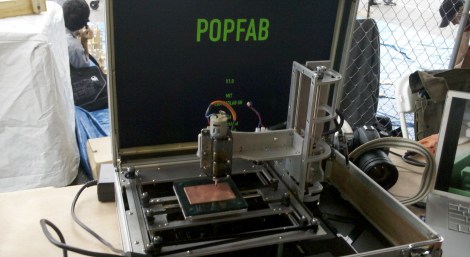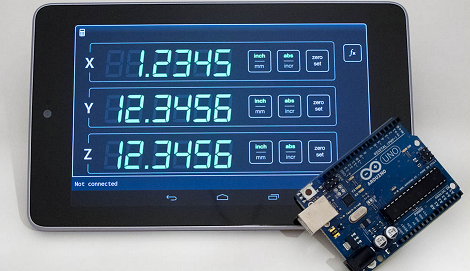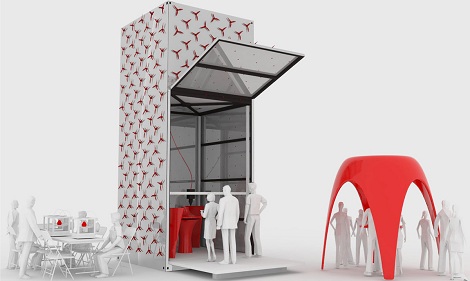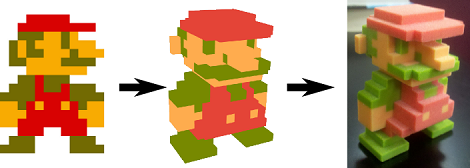[youtube=http://www.youtube.com/watch?v=xrr4peibbNI&w=470]
The DIWire bender we saw last summer made its way to Maker Faire this year with a new and improved version that is now able to bend steel even more accurately than the previous aluminum-bending version.
I chatted up [Marco Perry] (above, obviously), and he explained a new feature of the DIWire bender that makes soldering or welding creations made out of CNC bent wire even easier. The new machine features a sharpie that precisely marks where the wire should be welded.
The folks behind the DIWire – Pensa – have a ton of really cool wire sculptures at their booth at Maker Faire, quite incidentally within spitting distance of Hackaday’s Red Bull booth. Be sure to check them out if you’ve got a chance.















